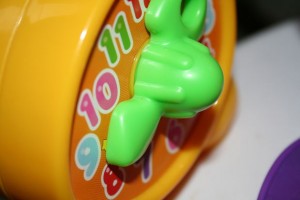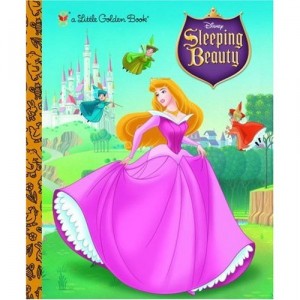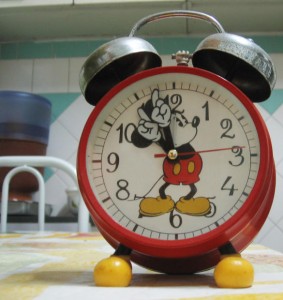The time change for young children can create wrinkles, and not just in the bed covers. Anything happening at your house to get ready for springing forward?
We might think young children wouldn’t be affected by the time change—after all, they can’t read a clock—but that’s not the case. Maybe it’s because they can’t that means kids often have more of a challenge than adults. They listen to their bodies instead of the numbers on a dial, clock face, or screen.
Putting kids to bed an hour early, in preparation for getting up early the next day, is one strategy but it doesn’t have a high rate of success. We can put kids to bed early but that doesn’t mean they will sleep earlier. You may have been able to adjust the routine by a few minutes each day if you thought of it several days beforehand. Most of us wish we had but didn’t.
Nevertheless, it is important for kids to have a routine. Although routine sounds old-fashioned and limiting, it can be a source of security and familiarity for kids. They can depend on the routine and figure out what’s coming next. This cuts down on unpredictability and lessens anxiety.
For a fun time change for young children activity, you and your child might like to walk around the house and look at all the clocks. Or, make a sort of treasure hunt and let your child find the clocks in each room. Older kids can keep a tally on a big piece of paper. Make one line for each clock. After 4 lines, cross them on the diagonal with another line for 5. Two gates of 5 are 10. I bet you will be surprised at the number and variety of clocks in your house. Developing a sense of time needs lots of experiences. Use time words like second, minute, hour, day, week, month, and year. How will you and your child spend the time of an extra hour of daylight?
Developing a sense of time needs lots of experiences. Use time words like second, minute, hour, day, week, month, and year. How will you and your child spend the time of an extra hour of daylight?




